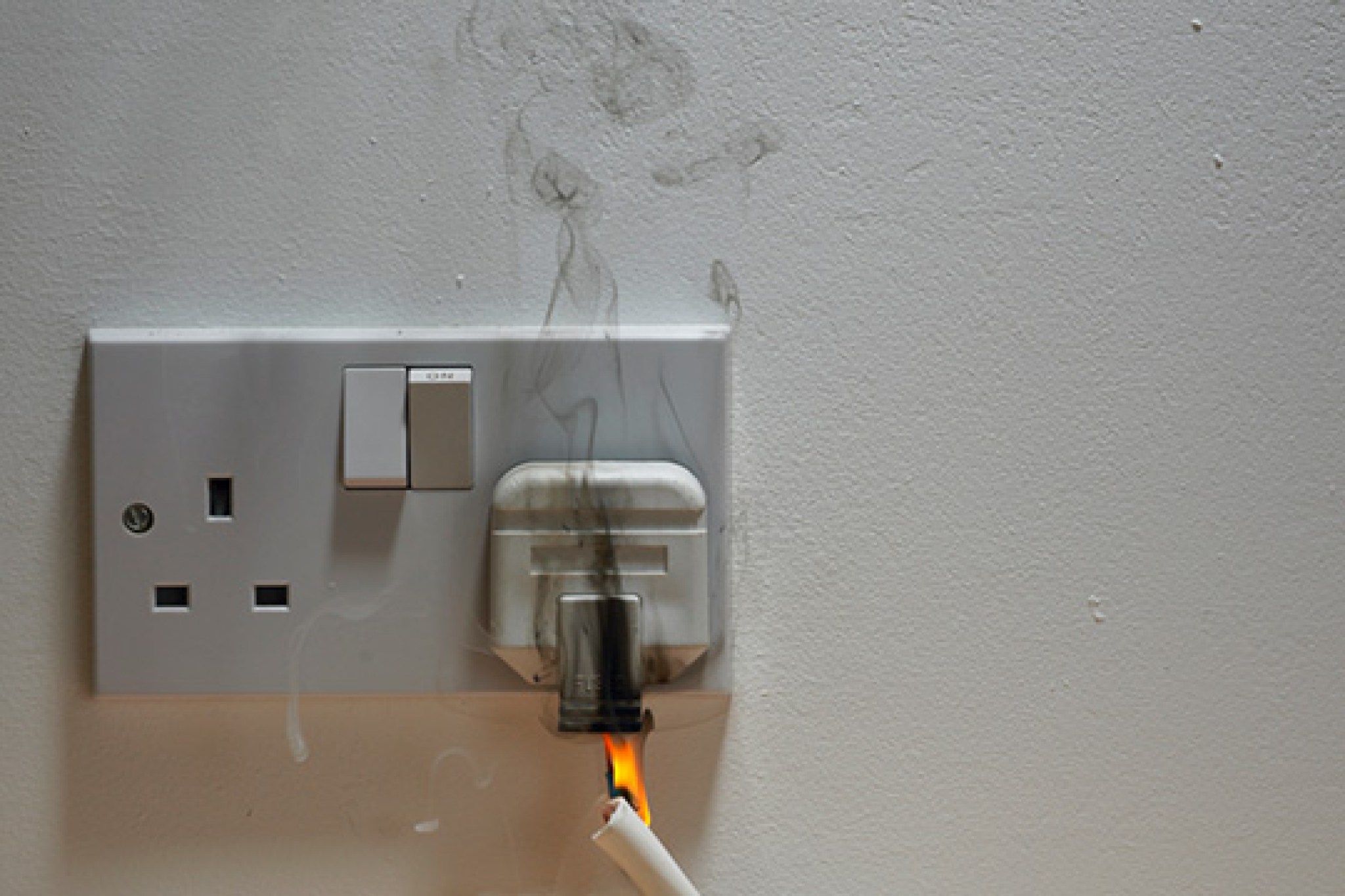Trying to get just the right amount of homeowners insurance for your house and possessions may leave you feeling a bit like Goldilocks searching for a chair, a bed, and porridge that are just right. If you underinsure your home and suffer a devastating loss — flood, fire, theft — you risk not being able to return to the lifestyle you've worked hard to achieve. Yet if you overinsure, you're throwing money away every year on unnecessarily high premiums.
What you need is coverage that's just right. Here's how to get it, and it shouldn't take more than four or five hours of your time spent reviewing your homeowners insurance policy, talking to your agent, and doing a little research.
Look Before You Leap Into a Policy
All homeowners insurance isn't created equal. That's why it pays to review your coverage every year to ensure your policy meets your evolving needs. Begin by understanding the types of coverage available.
Actual cash value coverage reimburses you for the value of your home based on its current condition, explains Marjorie Young, senior vice president at E.G. Bowman Co., a New York City insurance brokerage. If your home was built 10 years ago, you'd receive only the depreciated value of decade-old windows, cabinets, appliances, and so on.
Most insurers recommend the more comprehensive replacement cost coverage. With it, says Young, you'll be reimbursed for the amount it will cost to rebuild your home like new with the same kind and quality of materials. Depreciation doesn't factor into the settlement equation.
To get the full benefit of replacement coverage, you need to purchase enough insurance to cover the total cost to rebuild your home, excluding the value of the land. Many people make the mistake of insuring at the market value. But the amount you could sell your home for today isn't necessarily the same as how much it would cost to rebuild.
Construction Costs Play Big Role
Look to current construction costs in your local area for guidance. If you've purchased a newly constructed home in the past year, you already have the answer. The same is true if you've refinanced within the past year. You almost certainly paid for an appraisal during that process that likely includes three valuations: replacement cost, market value, and actual cash value.
If you're determining replacement cost without those head-starts, call several local homebuilders and asking the average square-foot construction cost in your area. If the going rate is $175 and your home is 2,000 square feet, you'd purchase $350,000 in coverage.
Remember that any time you spend at least 5% of your home's value on a remodeling project — or $5,000, whichever is less — you should contact your insurer to increase your coverage. Young recently did that after she revamped her own kitchen. An additional $40,000 in homeowners coverage raised her annual premium by about $40.
Don't Neglect Valuables, Liability
Be sure you're also insured at the right value for your home's contents and for personal liability. Most insurance polices provide only actual cash value on contents, says Lisa Lobo, vice president of underwriting operations at The Hartford in Southington, Conn. To get replacement cost coverage, you'll need to purchase an endorsement. If you have valuables not covered by your policy — silverware, jewelry, furs— purchase endorsements for those, too.
Many people pay no attention to the liability coverage limits in their policies, but that's a mistake. If you have a dinner party and a guest falls down your front steps, you don't want to be underinsured. In recent years the average liability claim for bodily injury and property damage has been $15,854.
If you're concerned about increasing your premiums by adding endorsement after endorsement, ask whether you can save money by splitting your deductible, paying a higher amount for certain claims and a lower amount for others. Bundled endorsements can save you a few bucks, but only if you require them all. Take a pass on unneeded riders. Why spend $8 to $12 a year for $500 worth of refrigerated property coverage when you eat takeout every night?
Related:
